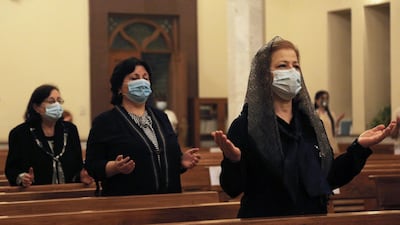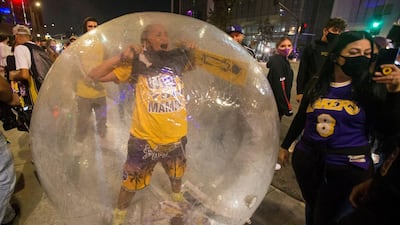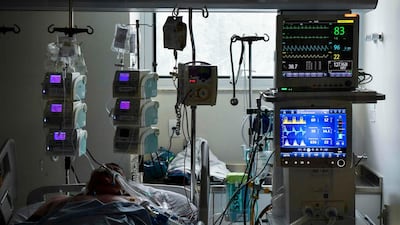Seven months on from when the coronavirus outbreak was officially declared a pandemic, scientists are still unveiling new – and sometimes surprising – findings about how the pathogen might spread.
In the latest research to hit the headlines, scientists in Australia found that virus particles on surfaces could potentially remain infective for four weeks.
Contrasting with earlier findings, suggesting the virus could not remain viable on surfaces for more than a few days, this finding came soon after new guidance highlighted the possible risk of airborne transmission.
And last week, the US Centres for Disease Control said tiny virus-containing particles remaining suspended in the air after being released by infectious people could pass on the pathogen.
The researchers in Australia, who were from the country’s Commonwealth Scientific and Industrial Research Organisation, found the virus could remain viable for 28 days on smooth surfaces such as plastic banknotes and mobile phone screens.
While the work involved samples that were being kept in the dark, when light is known to harm the virus, the scientists said their results could be relevant to efforts to prevent the coronavirus from spreading.
“These findings demonstrate SARS-CoV-2 can remain infectious for significantly longer time periods than generally considered possible,” they wrote.
However, not all experts view laboratory studies of this kind as being helpful in indicating real-world transmission risks. Ian Jones, a professor of virology at the University of Reading in the UK, said data about what “could” happen with the virus was not useful.
"Lab conditions are idealised, in the dark and constant temperature in this case, and it is far more likely temperature would vary, light would vary or wiping would occur," he told The National.
“So I don't think overall it changes anything. It just re-enforces the ‘wash your hands’ message but should not detract from the fact that the majority transmission is by aerosol and that is where the most focus for useful barriers to infection should be.”
Numerous other studies have found that coronavirus samples on surfaces become harmless after much shorter periods of time. One found that it was no longer infectious after three days on plastic or steel, after only 24 hours on cardboard, and after a mere four hours on copper.
The researchers in Australia found the number of infectious virus kept on a surface at 20 degrees Celsius halved every 1.7 to 2.7 days, showing that while some particles could live for 28 days, by that time only a fraction were viable. At 40°C, the number remaining infectious halved every few hours.
The coronavirus is “a pretty tough virus in all sorts of ways”, according to David Taylor, a professor emeritus of pharmaceutical and public health policy at University College London. However, he said surface transmission of the virus was not likely to be the main mode of spread.
“It makes sense to have clean surfaces, but what we don’t know is how much virus that’s on a surface for days … is likely to be a source of infection,” said Prof Taylor.
The Centres for Disease Control’s warning that airborne transmission was possible concerns tiny particles that linger in the air for as long as several hours, as opposed to larger respiratory droplets that a person exhales and that quickly fall to the ground or land on surfaces or other people.
The organisation said most spread of SARS-CoV-2, as the new virus is officially known, were through such larger droplets causing infection “within a short range” of less than 1.8 metres.
Airborne transmission is believed to be uncommon and would normally involve an infectious person producing tiny droplets in an enclosed space for a long time, such as when exercising.
“There is no evidence of efficient spread (i.e., routine, rapid spread) to people far away or who enter a space hours after an infectious person was there,” the CDC guidance states.
Prof Taylor agreed that larger droplets rather than tiny airborne particles were more likely to be involved in the pathogen’s transmission.
“Droplets fall to the ground quicker or they are sprayed on to the lips and nose. That’s the biggest transmission risk, I believe,” he said.














